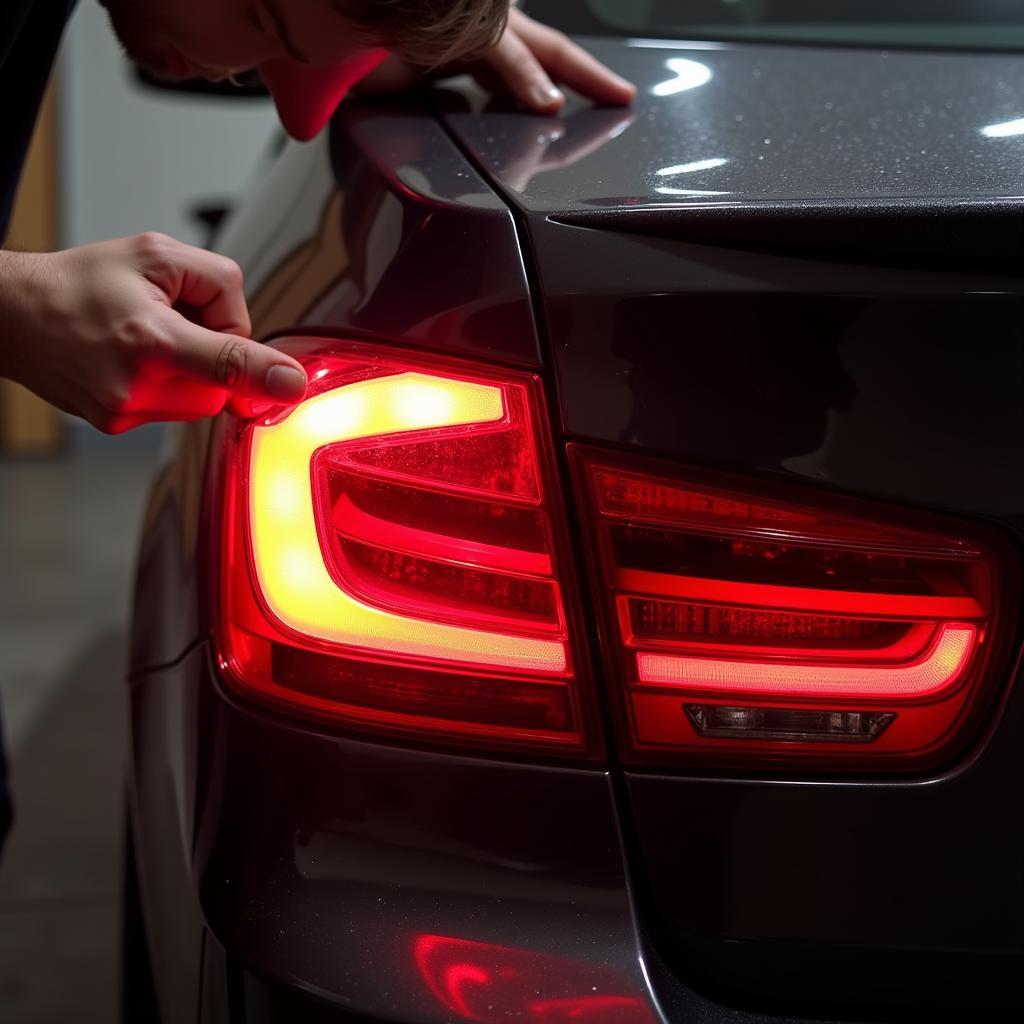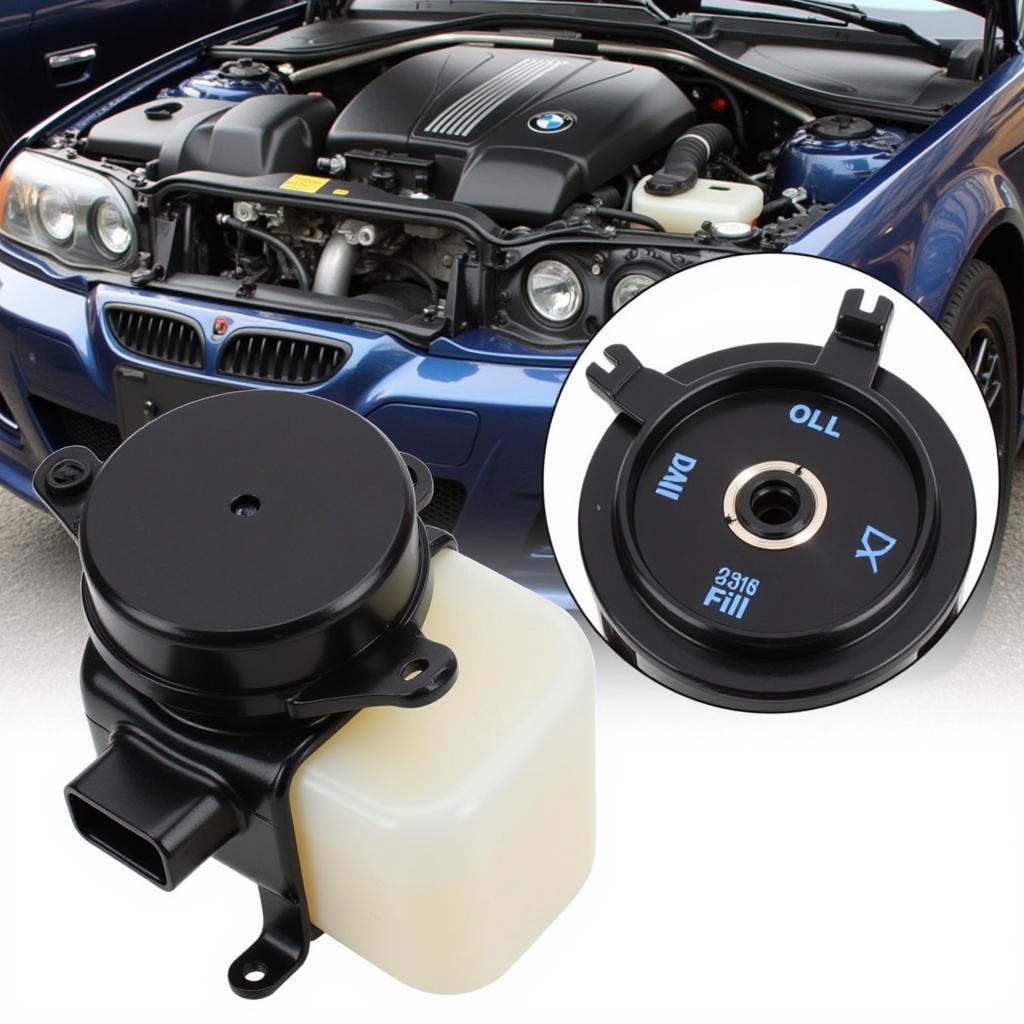Experiencing a dead battery can be incredibly frustrating, especially when you’re in a hurry. But before you jump to conclusions and buy a new battery, it’s essential to consider another culprit: the alternator. Your car’s electrical system relies on a delicate balance between these two components, and determining the root of the problem is crucial for a long-term solution.
This comprehensive guide will walk you through the telltale signs of a dead battery vs. a faulty alternator, empowering you to accurately diagnose the issue and take the right steps towards getting back on the road.
Understanding the Battery and Alternator Partnership
To effectively troubleshoot car starting problems, it’s vital to grasp the fundamental roles of the battery and alternator:
The Battery: Think of your car battery as a reservoir of electrical energy. It provides the initial power surge needed to start your engine, much like a starter’s pistol sets off a race. Once the engine roars to life, the battery’s job shifts to powering electrical components like headlights, radio, and power windows when the engine is off or idling.
The Alternator: The alternator takes center stage once the engine is running. This hardworking component acts like a generator, constantly recharging the battery and supplying power to all those electrical accessories while you drive.
In essence, the battery and alternator work in tandem – the battery kickstarts the engine, and the alternator takes over to keep the electrical system humming and the battery topped up.
Signs Your Battery Might Be the Culprit
Here are some common indicators that your battery is nearing the end of its life or has completely given up:
-
Sluggish Engine Crank: When you turn the key, the engine struggles to turn over or cranks very slowly. This points to a lack of sufficient power from the battery to engage the starter motor effectively.
-
Dim or Flickering Lights: Notice your headlights dimming significantly, especially when using other electrical accessories? This can be a sign of a weakened battery struggling to provide enough juice.
-
Dashboard Warning Light: The appearance of a battery icon or a similar warning light on your dashboard is a clear signal that something’s amiss with your battery or charging system.
-
Clicking Sound When Starting: Instead of the engine cranking, you hear a rapid clicking noise. This usually means the battery has some power but not enough to engage the starter motor fully.
-
Old Age: Car batteries typically have a lifespan of 3 to 5 years. If yours is approaching or exceeding this age, it’s more susceptible to failure.
Signs Your Alternator Might Be the Problem
While a dead battery might seem like the obvious culprit, a failing alternator can mimic some of its symptoms. Here’s how to spot a potentially problematic alternator:
-
Engine Stalling: If your engine dies while driving or struggles to stay running, it could indicate that the alternator isn’t supplying enough power to keep vital systems operational.
-
Battery Light Stays On: While a battery light can signal a battery issue, it can also point to a charging system problem, which often means the alternator is failing.
-
Dimming or Overly Bright Lights: Lights that dim while driving or headlights that seem excessively bright (and then dim) can be a telltale sign of alternator problems.
-
Whining or Growling Noise: A failing alternator might produce a whining or growling sound from under the hood, especially when the engine is revving.
-
Electrical Malfunctions: Experience erratic behavior from electrical components like power windows, radio, or power seats? This could be a red flag for a failing alternator.
“My Car Won’t Start – Is it the Battery or Alternator?”
This is a question our expert mechanics get all the time.
“Often, car owners jump to the conclusion that a dead battery is to blame when their vehicle won’t start. However, a thorough diagnosis is essential. We’ve seen cases where a seemingly dead battery was actually a symptom of a failing alternator not properly recharging it. That’s why we always recommend a professional inspection to pinpoint the root cause.” – John Smith, Senior Automotive Electrician
Simple Tests You Can Try at Home
Before you call a tow truck, here are a couple of easy tests to help you narrow down the problem:
1. Jump-Starting Your Car:
- If your car starts with a jump but dies again shortly after you disconnect the jumper cables, it’s a strong indicator of a failing alternator that’s unable to keep the battery charged.
2. The Battery Voltage Test:
- Using a multimeter, you can check the voltage across your battery terminals.
- A fully charged battery should read around 12.6 volts.
- A reading significantly lower than that (especially when the engine is running) suggests either a battery problem or a charging system issue.
When to Seek Professional Help
While these tests can provide some clues, it’s crucial to remember that accurately diagnosing and fixing car electrical problems often requires specialized knowledge and tools.
We strongly recommend consulting a qualified automotive electrician or mechanic if:
- You’re unsure about performing the tests safely or interpreting the results.
- You suspect an alternator issue, as replacing it can be complex.
- Your car continues to experience starting or electrical problems despite trying the above steps.
Keeping Your Car’s Electrical System Healthy
Prevention is always better than cure! Here are some proactive tips to keep your battery and alternator in top shape:
- Regular Battery Checks: Inspect your battery terminals for corrosion and clean them regularly with a baking soda and water solution.
- Limit Short Trips: Short trips don’t give your alternator enough time to fully recharge the battery, especially in cold weather.
- Minimize Accessory Use When Idling: Avoid running power-hungry accessories like the radio, headlights, or air conditioning excessively while the engine is idling, as this puts extra strain on the battery.
Conclusion
Knowing how to distinguish between a dead battery and a failing alternator empowers you to address car starting problems efficiently. By understanding the symptoms, performing simple checks, and seeking professional help when needed, you can keep your car’s electrical system running smoothly and avoid those frustrating breakdowns. Remember, a little preventative care goes a long way in ensuring your vehicle is always ready to hit the road.



